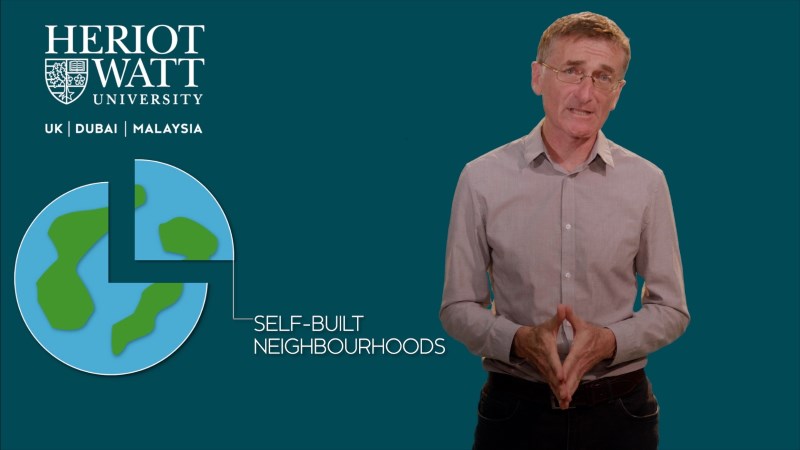Mitigation of landslide risks

Currently over a quarter of the world's urban population live in self-built neighbourhoods and slums, which are seriously vulnerable to the impacts of weather, climate change and so-called 'natural' disasters.
Transcript
As climate change worsens, deaths from landslides in these areas are predicted to increase.
In the city of Medellin, Colombia, there are an estimated 44,000 households at risk of landslides and in São Paulo, Brazil, there are 407 areas at risk with 79 landslides recorded between 2006 and 2016.
These aren't isolated areas around the world. So, what can be done to help?
At Heriot-Watt, we're working with colleagues in Edinburgh, Colombia and Brazil exploring low-cost and easy ways for low-income communities to reduce the risk of landslides in their neighbourhoods.
We're researching everything from risk perception to training volunteers in the community, as well as designing low-cost methods to manage water runoff that may cause landslides.
This helps these communities engage with the local authorities to design mutually agreed strategies to mitigate landslide risk with the ultimate aim of saving lives.